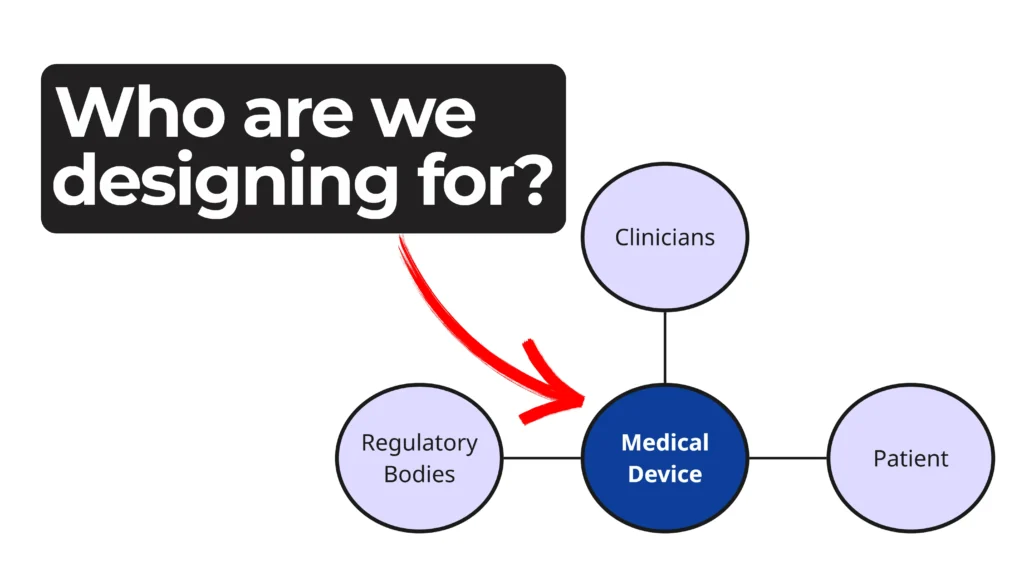
How Anodized Titanium Enhances Medical Devices with Structural Color
In this episode of MedDevice by Design, we explore the fascinating intersection of materials science and usability in medical device development. Mark Drlik and Ariana Wilson discuss how anodized titanium produces vibrant color without dyes, and how this visual property supports surgical safety, device differentiation, and biocompatibility.
Why Titanium Isn’t Really That Color
Anodized titanium appears colorful, but the hue is an optical illusion created by a thin oxide layer on the surface. As light reflects off both the titanium and its oxide coating, wavelengths interfere with each other to generate specific colors. The exact shade depends on the thickness of this layer, typically ranging from 30 to 55 nanometers. That’s about the size of a virus and smaller than a human cell.
Precision-Controlled Color Without Dyes
The anodization process occurs in a salt bath, where voltage is applied to submerge titanium acting as an anode. Oxygen builds up on the surface, thickening the oxide layer and shifting the visible color through the spectrum—from gold to green. However, due to how light interacts with the oxide, some colors like red are not achievable.
Design Advantages in MedTech
In surgical devices such as bone screws and drill plates, color coding improves usability and safety. Anodized titanium allows medical teams to quickly distinguish device sizes, anatomical sides (left vs. right), or instrument categories without relying on dyes. This is especially important in the operating room, where time and precision are critical.
Biocompatibility Benefits
Unlike anodized aluminum, which often requires additional dyes, anodized titanium achieves structural color naturally. This dye-free process enhances biocompatibility, making titanium a safer and more effective choice in many implantable or surgical applications.
Enjoying MedDevice by Design? Sign up to get new episodes sent to your inbox.
Related Resources

Every MedTech startup begins with a hypothesis, an idea that could transform patient outcomes, simplify delivery of care, or improve how clinicians diagnose and treat patients.

When Ariana Wilson and Mark Drlik take apart a common appliance, they uncover engineering principles that connect directly to medtech.

When reviewing evidence for a medical device, a single citation can shape an entire submission. In this Bio Break episode, Nick shares a biofilm referencing lesson that has stayed with him since the early 2000s.

Every phase of a device’s life cycle involves different people with distinct needs—from clinicians and patients to service technicians and regulatory bodies.
